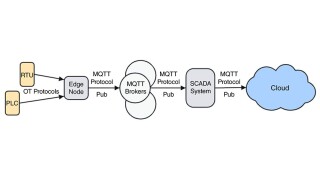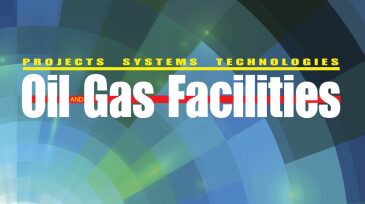Artificial lift
This paper presents a case study highlighting the demonstration, refinement, and implementation of a machine-learning algorithm to optimize multiple electrical-submersible-pump wells in the Permian Basin.
This paper presents a closed-loop iterative well-by-well gas lift optimization workflow deployed to more than 1,300 operator wells in the Permian Basin.
This paper explores the use of machine learning in predicting pump statuses, offering probabilistic assessments for each dynacard, automating real-time analysis, and facilitating early detection of pump damage.
-
Different artificial lift technologies have been used for decades to dewater coalbed methane (CBM) wells to reduce hydrostatic pressure and release the gas for production.
-
As oil and gas fields are depleted, artificial lift systems are often required to maintain delivery volumes and to maximize recovery.
-
The rapid growth of progressing cavity pumps is an example of how new uses continue to emerge for older technology.
-
High-reliability gas lift flow-control devices (GLFCDs) enable gas lift for wells with the potential for H2S in the produced gas and where casing is not qualified for H2S service.
-
Artificial-lift reliability is strongly influenced by how well the equipment is selected, designed, and operated for its particular application. The required artificial-lift knowledge is more than simply entering data into a software program or taking one class on the subject.
-
Recently, Quicksilver Resources and Eni E&P, through its subsidiary Eni US Operating, began a common effort to optimize production and lift costs in the Alliance shale-gas field in the prolific Barnett shale play in Texas.
-
Fall velocities for various plungers have been measured under many different field and simulator conditions. A new theoretical plunger-fall-velocity model uses a specific pressure and temperature for calibration.
-
Artificial lift systems arae among the most widely used production technologies in global oil and gas operations.
-
The selection criteria for multiphase boosting options remain somewhat subjective. A comprehensive literature review into the working principles of the major pump types identified the intrinsic advantages and limitations of each technology for subsea and downhole applications.












